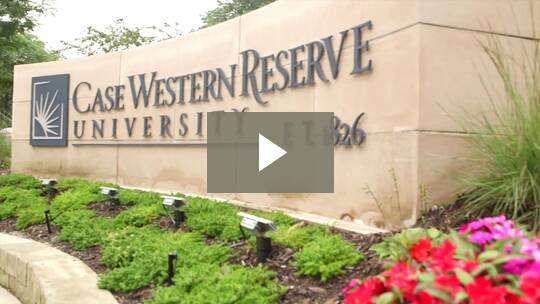The 3 Lecture Capture Metrics that Matter
So you’ve identified the need, previewed all of the solutions and have deployed your selected lecture capture technology throughout your institution. Now what?
Like any major investment, you and your administration want proof that your technology spend was a wise one that will stand the test of time in the ever-changing digital landscape. But how do you determine which metrics will support that conclusion and, more importantly, help you maximize your lecture capture investment?
Mike Kubit, Interim COO of Case Western Reserve University, offered key insights on the importance of regular tracking and assessment to make sure your lecture capture strategy is aligning with your institutional goals during yesterday’s webinar, Maximizing Your Lecture Capture Investment for the Future.
A true ed tech visionary, Kubit has plenty of experience in measuring technology success. Under his leadership, the use of technology at CWRU has evolved from the use of old-school VHS tapes in 2003 to a successful campus-wide Echo360 deployment that’s amassed a jaw-dropping half million recording views in the last four years.
During the webinar, he shared his key metrics for evaluating lecture capture’s impact and ROI:
- Satisfaction – What are your key stakeholders (i.e. instructors & students) reporting? Are you surveying them or conducting focus groups at regular intervals? Kubit stressed the importance of keeping your finger on the pulse of instructors and students to make sure that the technology continues to meet their evolving teaching and learning needs. Data revealed from one of CWRU’s many surveys showed that almost 60% of incoming freshman said the availability of Echo360 lecture capture influenced their decision to attend Case Western Reserve, while 87% of students said they’d recommend the service to others.
- Usage Metrics – Are you diving into your system’s readily available usage analytics on a regular basis? Are students and instructors using the tools you’ve provided? When, where and how are they using them? These metrics have proven particularly helpful for instructors at CWRU. Using the analytics from Echo360 not only shows them which students are watching their videos before class, but what segments of the videos are being reviewed repeatedly. This makes it easier for the instructors to pinpoint areas needing revision and map out content for upcoming classes.
- Learning Outcomes – While Kubit admits it’s sometimes hard to directly attribute learning outcomes to technology, his team has uncovered multiple ways to support the correlation, including research and self-reporting. After all, the ultimate goal of implementing lecture capture is to enhance the learning experience and improve outcomes. Any and all data that can support evidence of increased outcomes should be part of your tracking equation.
Thanks again to Mike Kubit for sharing these critical keys to assessment! Put them to work on your own campus to make sure you’re getting the most out of your lecture capture investment.
Want to hear more from Mike and the other members of the CWRU panel?
Download the free webinar archives for everything you need to know about #lecturecapture at Case Western Reserve University – from implementing the technology to flipping the classroom!

